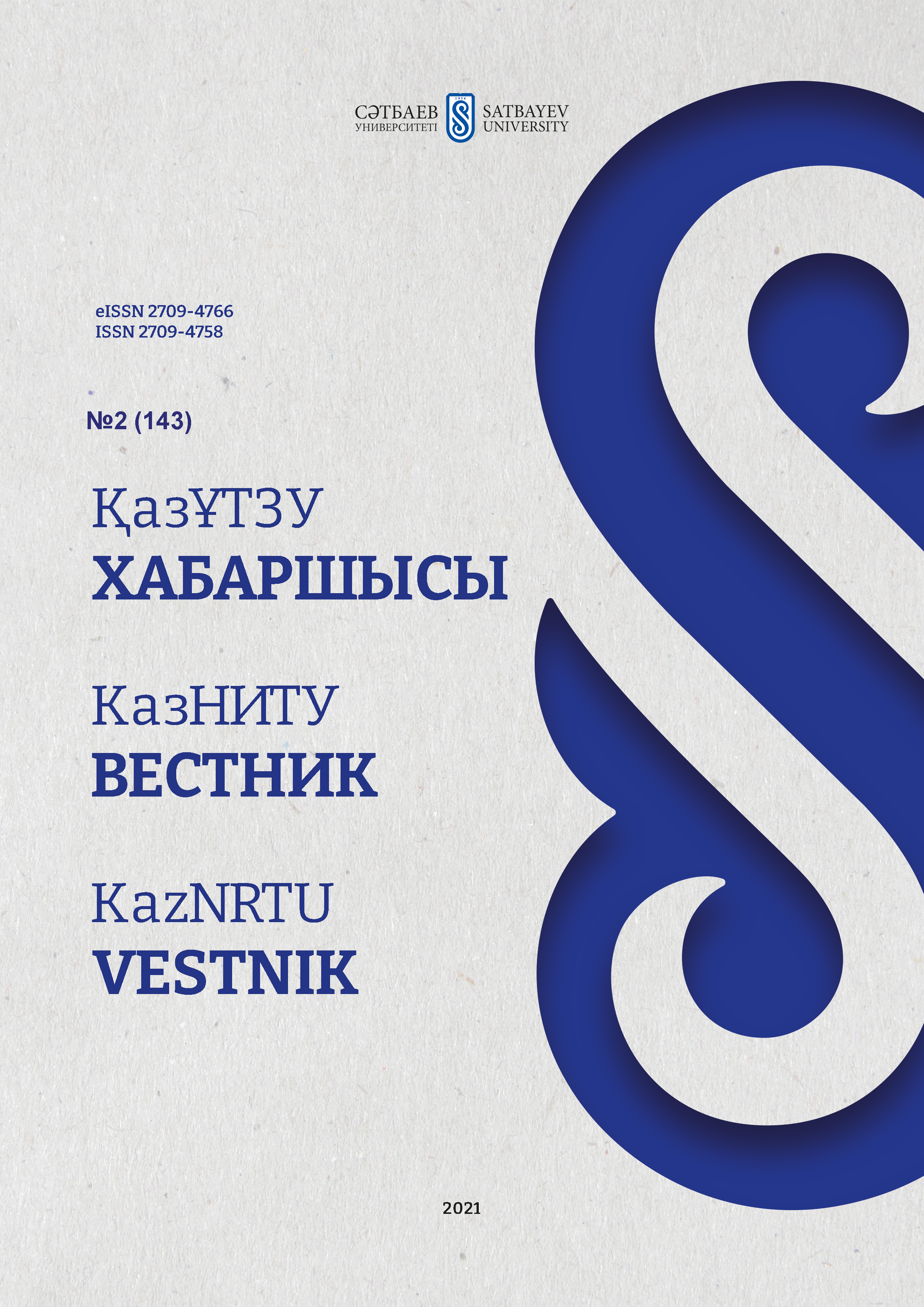Lithium doped graphene nanostructures for advanced energetic applications
DOI:
https://doi.org/10.51301/vest.su.2021.i2.14Keywords:
materials studio, density functional theory, graphene, lithium, energy of adsorption, transferred charge.Abstract
This work presents the results of modeling the process of lithium adsorption on the surface of a pristine/defective grapheme sheet 4x4. The study was carried out using the method of computer simulation in the Materials Studio software. The calculations were performed at different degrees of adatom coverage of the graphene surface to determine the effect of these structural changes on the energy and electrochemical characteristics of the presented systems. The work presents models of the studied objects, as well as tables characterizing the energy of adsorption and the magnitude of the transferred charge of Li-C at the smallest distance between the adsorbate and the carbon atom. According to the results of the study, the maximum value of the theoretical specific capacity was 332,727 mAh/g.
Downloads
Published
How to Cite
Issue
Section
License
Copyright (c) 2021 VESTNIK KAZNRTU

This work is licensed under a Creative Commons Attribution-NonCommercial-NoDerivatives 4.0 International License.
<div class="pkpfooter-son">
<a rel="license" href="http://creativecommons.org/licenses/by-nc/4.0/"><img alt="Creative Commons License" style="border-width:0" src="https://i.creativecommons.org/l/by-nc/4.0/80x15.png"></a><br>This work is licensed under a <a rel="license" href="http://creativecommons.org/licenses/by-nc/4.0/">Creative Commons Attribution-NonCommercial 4.0 International License</a>.
</div>





